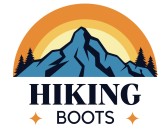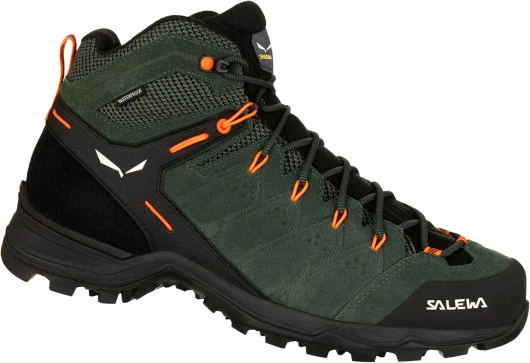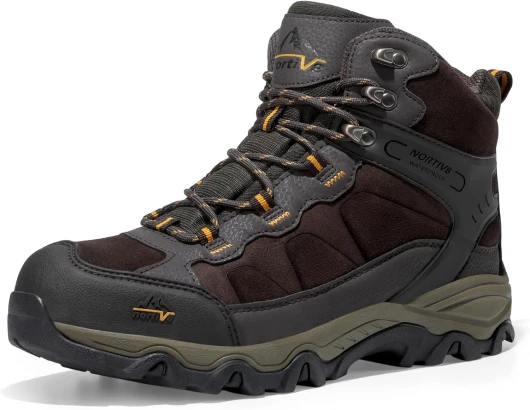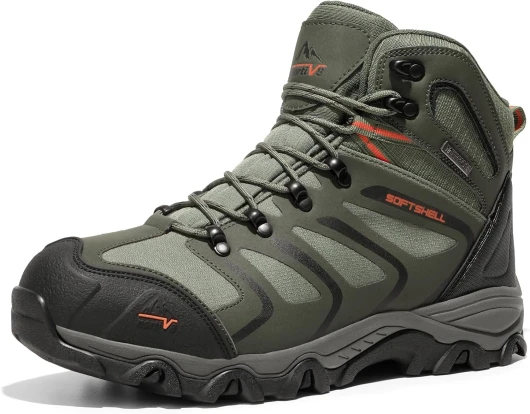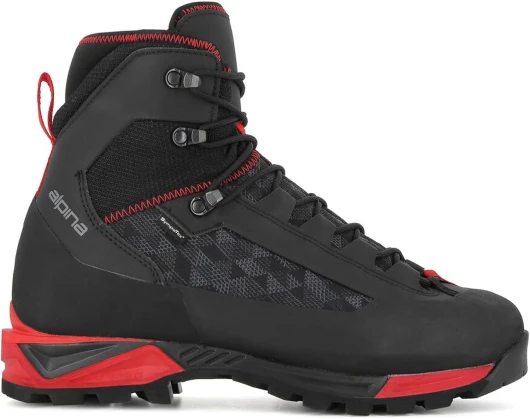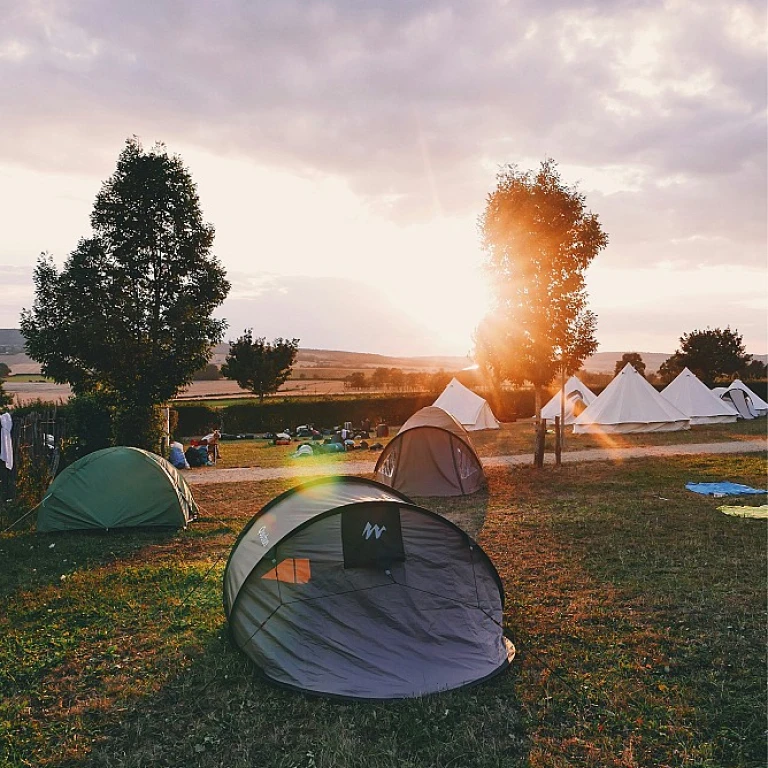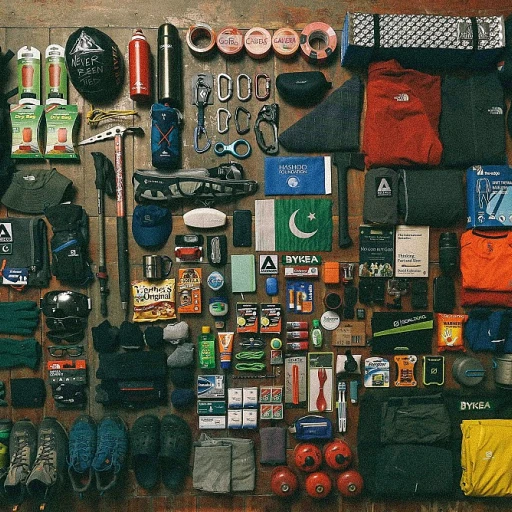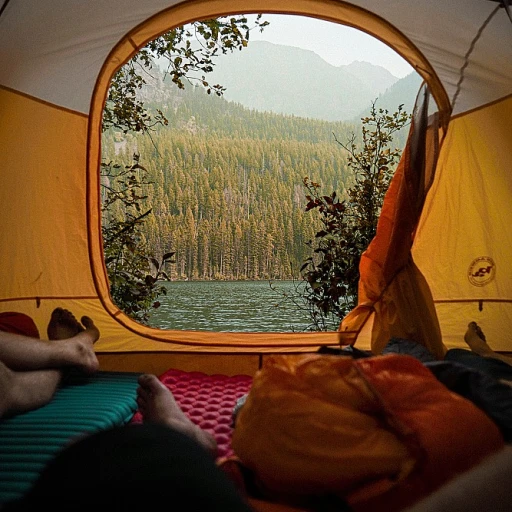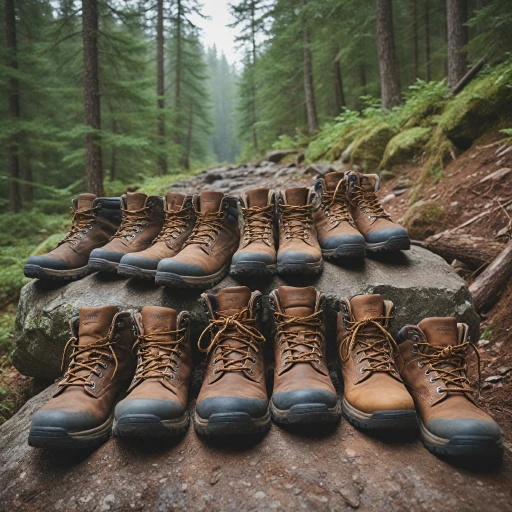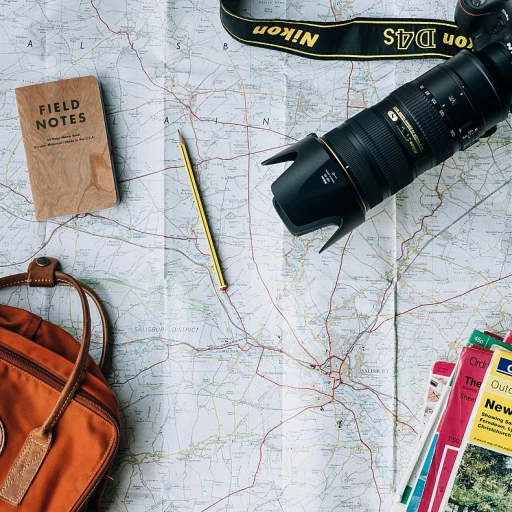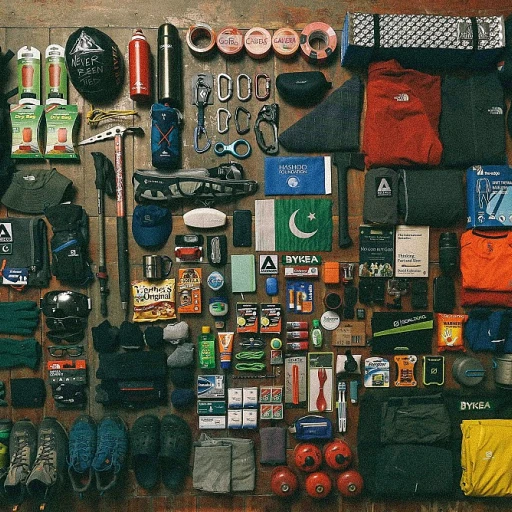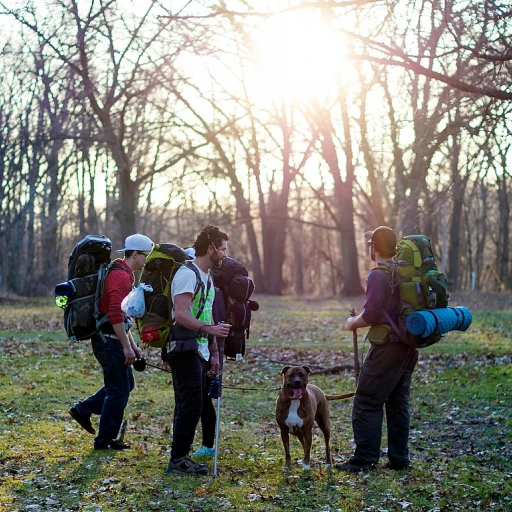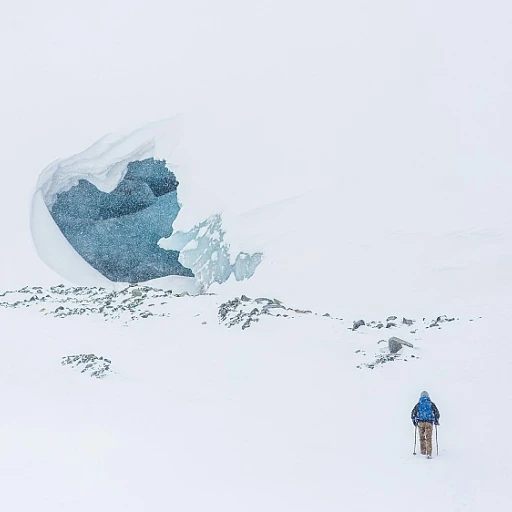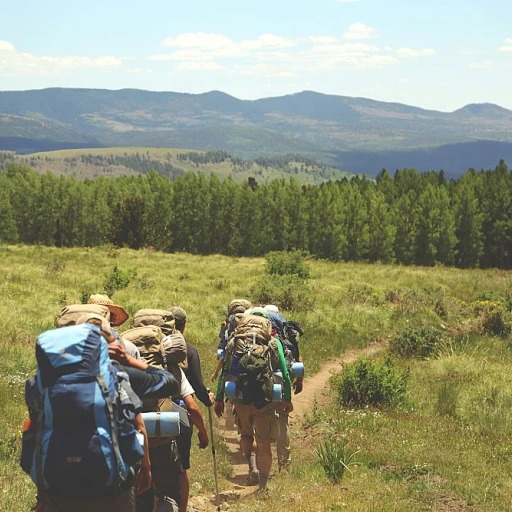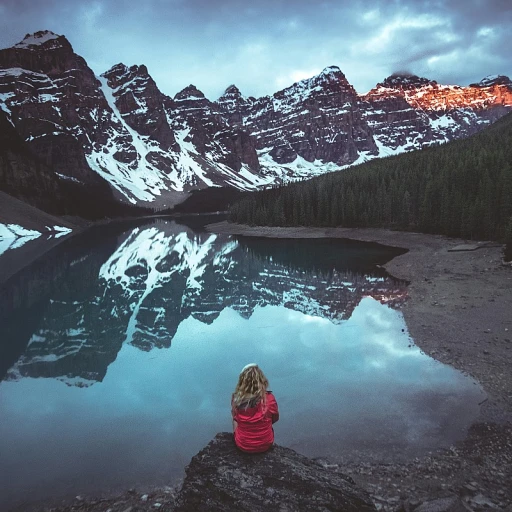
Understanding the Terrain
When venturing into alpine environments, understanding the terrain is crucial for a successful hiking experience. The unique features of alpine terrain demand extra attention when selecting the best hiking boots. As these environments often include rocky paths, snow, and occasionally water crossings, you'll want hiking boots that can handle it all.
Terrain Characteristics
Alpine environments are known for their challenges. The landscapes are often characterized by steep inclines and declines, jagged rocks, and potentially icy conditions. Consequently, your boots must offer excellent ankle support and solid traction. Factors like waterproofing and warmth are important as well. Consider boots with gore tex linings for waterproof capabilities—the mid gtx versions are particularly effective.
Importance of Protection and Durability
In alpine terrains, protection and durability are paramount. Opt for rugged materials like nubuck leather, which provides both endurance and a comfortable fit. Well-structured boots also come with reinforced toe boxes to protect against impacts. A reliable lacing system will ensure that your boot maintains its fit during extended day hikes.
Plan your hiking trips to account for potential weather changes and trail conditions. Boots like the salomon quest or merrell moab offer options specifically designed for various challenges, from wet trails to long ascents.
Impact on Comfort and Performance
The right pair of alpine hiking boots should harmonize performance with comfort. They must provide a snug fit around the ankle and across the foot. It's worthwhile seeking boots with mid waterproof features for additional versatility.
Ultimately, the terrain of your upcoming alpine adventure dictates many aspects of the boots you choose. By matching the boots’ capabilities with the environment’s demands, you set yourself on a path to enhanced hiking comfort and safety.
Key Features of Alpine Hiking Boots
Essential Characteristics for Your Alpine Adventure
When navigating the rugged and unpredictable alpine trails, the right hiking boots become your best ally. The unpredictable weather and varied terrain necessitate certain features in your footwear to ensure safety and comfort.- Waterproofing: A primary consideration for alpine hiking boots is their ability to protect your feet in wet conditions. Look for boots with a reliable waterproof membrane, such as Gore-Tex (GTX), which offers excellent moisture resistance while maintaining breathability.
- Durability and Protection: The rough conditions of alpine trails demand robust construction. Many high-quality boots feature a combination of durable nubuck leather and synthetic materials. This provides a balance between protection and weight.
- Ankle Support: Strong and supportive ankle structure is crucial for stability on uneven terrain. The mid-cut design of boots, like the Salomon Quest and Merrell Moab Mid, provide excellent ankle support without restricting movement.
- Comfort and Fit: In alpine conditions, you'll need boots that fit well throughout the day. Comfort is a key key priority. Consider models with a spacious toe box to reduce friction and pressure. Boots like the Hoka Kaha integrate metatarsal support for enhanced comfort. If you want more information on enhancing comfort, this article is an excellent resource.
- Lacing System: A secure and customizable lacing system is crucial for achieving the perfect fit. Many alpine boots now feature advanced lacing systems that ensure stability and comfort during long hikes.
- Traction and Outsole: For the changing alpine environment, robust traction is a non-negotiable feature. Look for boots with a grippy outsole, similar to those found in trail running shoes, to manage both slippery rock surfaces and muddy trails.
Material Matters
The Influence of Fabric Choice in Alpine Boots
The material of your alpine hiking boots can significantly impact your experience on the trail. When searching for the best hiking footwear, consider options like leather, nubuck leather, and various synthetic fabrics. Each has distinct advantages and can affect factors such as waterproofing, durability, and weight.
- Leather: Full-grain leather boots are known for their durability and natural water resistance. They're often considered a top choice for men and women looking to tackle challenging terrains. Despite their ruggedness, they might demand a longer break-in period to achieve maximum comfort.
- Nubuck Leather: This type is a softer, treated leather that offers a good balance between comfort and resistance. It's less water-resistant than full-grain leather but can be a suitable option for day hikes where conditions are not too wet.
- Synthetic Materials: Boots made from synthetic materials like mesh or polyester tend to be lighter, providing more comfort over multiple days. They often dry faster, making them a practical choice for regions where rain is frequent.
Opting for a boot with a Gore-Tex membrane can enhance water resistance while allowing your feet to breathe. Brands like the Salomon Quest and Hoka Kaha GTX employ this technology to keep feet dry on the trail.
Balancing Waterproofing and Airflow
When picking the right alpine hiking shoes, finding a balance between waterproof protection and adequate ventilation is crucial. While mid waterproof options such as the Merrell Moab Mid are great for wet conditions, they should offer enough breathability to prevent discomfort and sweating during warmer seasons.
Lining and Construction
The inside of your hiking boot can be lined with varied materials that also contribute to overall comfort. A comfortable lining enhances the boot's fit and support, essential for long alpine trails. Boots with a well-padded toe box and solid ankle support can make a difference in preventing injuries.
Ultimately, the right material can make or break your hiking experience, impacting everything from performance to comfort and support. Choose wisely based on the specific demands of your hikes, ensuring your feet carry you through safely and comfortably.
Fit and Comfort
Prioritizing Fit and Comfort for the Trail
Selecting the right pair of alpine hiking boots with an emphasis on fit and comfort is crucial for any hiking endeavor. The comfort of your boots can significantly affect your experience on the trail, whether you're embarking on day hikes or tackling more challenging terrains. Getting the correct size is the first step. When trying on a pair of hiking boots or hiking shoes, your feet should have enough room to breathe, especially around the toe box. This area should not feel cramped, and a snug fit should be achieved without pinching. An adequately sized boot helps prevent discomfort and potential injuries on long trails. The boot's mid-cut design can also contribute to ankle support, providing stability on uneven surfaces inherent in alpine hiking. Leather and gore tex materials often provide a mix of durability and weather resistance. Waterproof qualities offered by mid waterproof or gtx models can be essential, especially when dealing with unpredictable conditions. Another aspect to consider is the overall design and inner cushioning. Brands that are reputed for prioritizing comfort, such as Hoka Kaha, Kaha GTX, and Merrell Moab, incorporate features like moisture-wicking linings and supportive soles. These features can alleviate hotspots and reduce the risk of painful blisters even on longer hikes. Additionally, adjustability through a reliable lacing system allows you to customize the fit around your ankle, making heavy use of trail running techniques, ensuring that your hiking boot men or women's models don't compromise on comfort. Ultimately, considering the best hiking boot goes beyond aesthetics and includes crucial factors like nubuck leather durability and your potential day-to-day usage which can all make a difference on the trail.Maintenance and Care
Keeping Your Alpine Hiking Boots in Top Shape
Maintaining your alpine hiking boots is crucial to ensure their longevity and performance on tough trails. Given the investment you make in quality hiking gear, proper maintenance is a small price to pay. Here's how to keep them in peak condition:- Cleanliness is Key: After every hike, remove dirt and debris from your boots. This step is particularly important after muddy or wet hikes, as grime can break down the material over time.
- Dry Your Boots Properly: Wet boots can lead to odor and damage, especially if they are made from leather. Stuff boots with newspaper or use boot dryers to absorb moisture; avoid placing them near direct heat sources as it can warp the soles and shrink the leather.
- Waterproofing Techniques: Even with the best waterproof boots like gtx variants, regular re-proofing is essential. Consider using a suitable waterproof spray or wax, depending on your boot material, to renew their water resistance. This is essential for maintaining comfort during long day hikes.
- Lacing System Maintenance: Check the laces and eyelets for wear and tear regularly. A damaged lacing system can compromise ankle support, decreasing your overall safety, especially on tricky alpine terrains.
- Condition the Leather: Nubuck leather requires special attention. Use a dedicated nubuck conditioner to keep it supple, which prevents cracking and enhances the overall comfort and fit during trail adventures.
- Inspect the Soles: Worn-out soles not only decrease comfort but also traction, increasing the risk of slips on rugged trails. Regularly check your shoes for signs of wear and get them resoled by professionals, if necessary.
Top Picks for Alpine Hiking Boots
Top Selections for Alpine Adventures
When you're navigating alpine terrain, choosing the right hiking boots is paramount. Here are some top-rated selections that blend durability, comfort, and fit, ensuring you remain steady on your feet during your mountainous adventures.- Salomon Quest 4 GTX: Known for its exceptional ankle support, this boot provides a snug fit, reducing the risk of slipping on challenging trails. Its waterproof capabilities make it suitable for both men and women who tackle wet and rocky paths.
- Hoka Kaha GTX: Renowned for its comfort and cushioning, this model is perfect for day hikes or extended treks in alpine environments. The mid GTX construction and lightweight design ensure your feet remain comfortable while providing substantial support.
- Merrell Moab Mid Waterproof: Ideal for those seeking a balance between price and performance, this boot offers a reliable grip and durable nubuck leather for effective protection. The wide toe box ensures comfort over long distances.
- Lowa Renegade GTX Mid: A favorite among trail running enthusiasts, this hiking boot is equipped with a robust lacing system and offers unbeatable grip and stability. Whether you're encountering muddy terrains or dry landscapes, the GORE-TEX lining keeps your feet dry all day.
- La Sportiva Nucleo High II GTX: This boot is celebrated for its breathable waterproof features. Designed for mid-range hikes, it offers a tight fit and excellent cushioning, making it a top choice for alpine hiking enthusiasts seeking versatility.
